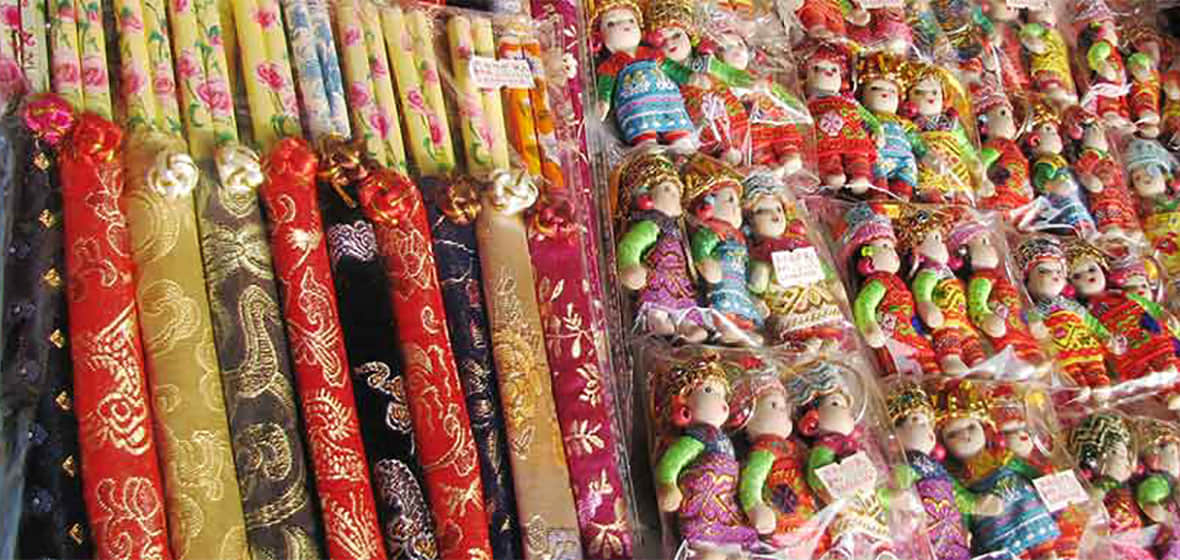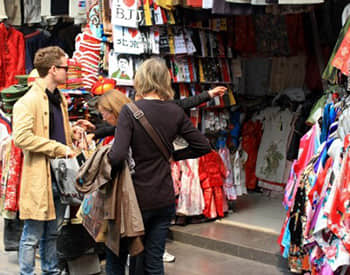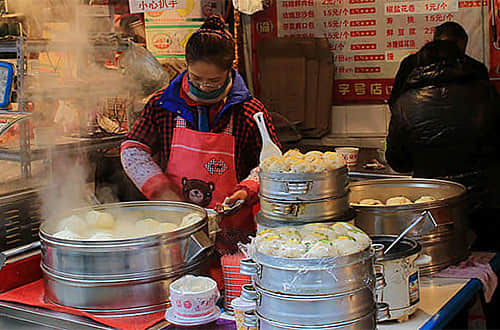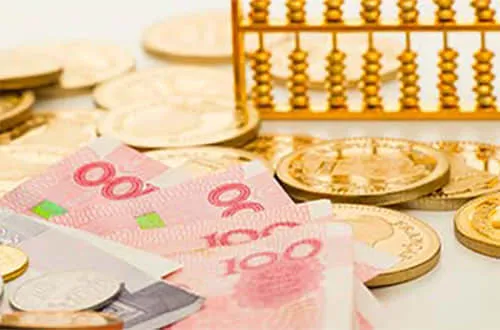Street Stall and Bargain Skill

Street stalls are ubiquitous in China, their variety is endless, and they offer a delightful opportunity to experience Chinese culture as well as maybe grab a snack to consume immediately, or a bargain to take home as a souvenir.
What can you purchase from street stalls?

Some street food stalls have brightly colored tiny stools and tables on the pavement so you can sit and enjoy your delicacies. These stalls can offer rice or noodle-based meals, eaten of course with chopsticks.
But the real fun is with the stalls offering finger-foods, a million different tasty treats on sticks. There are meats such as chicken pieces, or fish, or frogs, certain big meaty bugs, scorpions, seahorses, octopuses, types of sausages, many colors of different meaty or fishy balls, eggs fried with almost hatched chicks. Some are grilled, or fried on the stick. Then there is bread, biscuit, or pastry type items. And there are fruits, many of them coated with caramel or toffee. Slices of pineapple, cobs of corn sprinkled with spices, melon, mango. The only limit is imagination, and the Chinese are endlessly inventive.
Other stalls sell freshly-popped flavored popcorn, fried stinky (fermented) tofu, baked sweet potato, little salty pizzas, chopped up pork in a freshly-baked flat-bun, and curry-puffs … The surprised are endless.
There are many other items also available on stalls, sometimes on the roadside but more reliably in a regular marketplace, and this is where visitors hope to find a real bargain, either in trinkets or something more valuable such as pearls or silk.
How does Chinese Currency Measure up to Foreign Currencies?
Exchange rates change daily and hourly, but you need to have a general idea how your home currency compares with the Chinese Yuan – or “kwai” as you will hear local people say. Generally, there are about 5 – 8 Yuan to each western dollar or pound. For example:
- US Dollar converts to about 6.6 Yuan
- Canadian Dollar converts to about 5 Yuan
- British Pound converts to about 8.8 Yuan
- Australian Dollar converts to about 6 Yuan
- Euro converts to about 7.5 Yuan
You need to ‘round’ this amount to make quick conversions in your head as you look at prices. Tourists often hope to purchase something really cheaply at a stall, and, despite knowing the exchange rate, it’s easy to lose sight of real value. Say, for example you haggle the price down from 600 Kwai to 540 kwai. It may feel like you are saving a lot, but you have really only saved 10 dollars.
Why do stall holders want to bargain?

It’s not just about the money!
Sure, the stallholders are trying to scrape together a living, and as they have a stall rather than a shop they are probably not wealthy. (This is something to bear in mind when haggling over prices.)
When Chinese people do business with each other, they work within a complex network of relationships which they have developed over time. We generally do the same within our own community, although it’s probably not quite as important to us.
Go ahead and develop a relationship with the stallholders. It can be fun and rewarding for both parties.
Should I bargain before making a purchase?
Haggling is a part of life in China, everyone does it, but obviously it is not acceptable everywhere. In a large hotel, for example, or a department store, you need to just accept the price as stated. If you are at a food stall purchasing a tasty snack for a single “Kwai”, remember that it is worth about 16 cents and be grateful. However, if you are buying a large bag of fruit from a market stall, the vendor might be more than willing to offer some kind of discount.
Here are some basic principles to remember when bargaining.
- Before you start the process, look around at other stalls, and familiarize yourself with comparable prices and values. Have a clear idea of how much you will be willing to pay.
- Have some small denomination notes ready, separate from your wallet. (Do not open your wallet in public.)
- Start with a price well below the stated price – you cannot go lower than this later.
- Point out flaws in the product. Work as a team with your companions.
- Use body language to communicate – look disinterested, walk away.
- If possible, learn a few phrases to communicate – they will appreciate your effort.
- Use a calculator (not an expensive mobile phone) to show prices if communication is difficult.
- Be firm, polite, good-humored.

 Foods and Snacks
Foods and Snacks  Top Travel Traps in China and How to Avoid Them
Top Travel Traps in China and How to Avoid Them  Chinese Money
Chinese Money  Why are Chinese Flights Always Delayed?
Why are Chinese Flights Always Delayed?